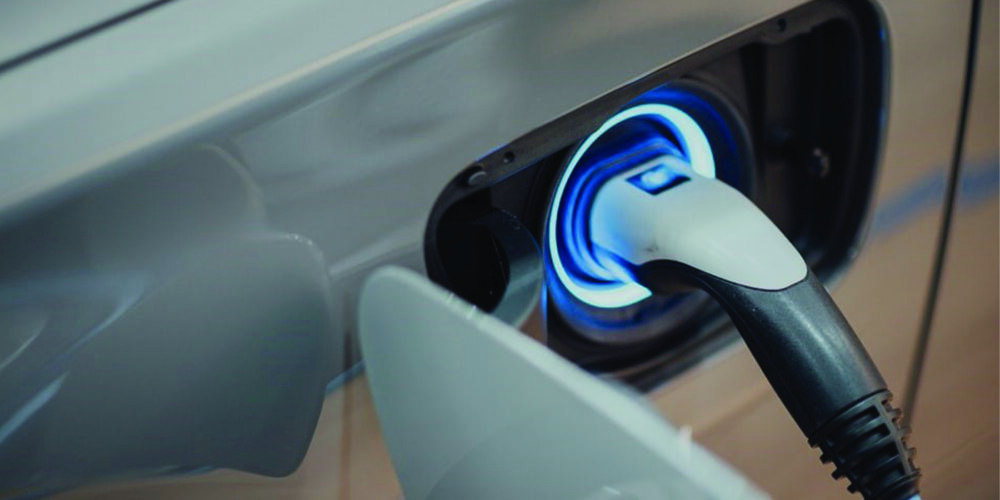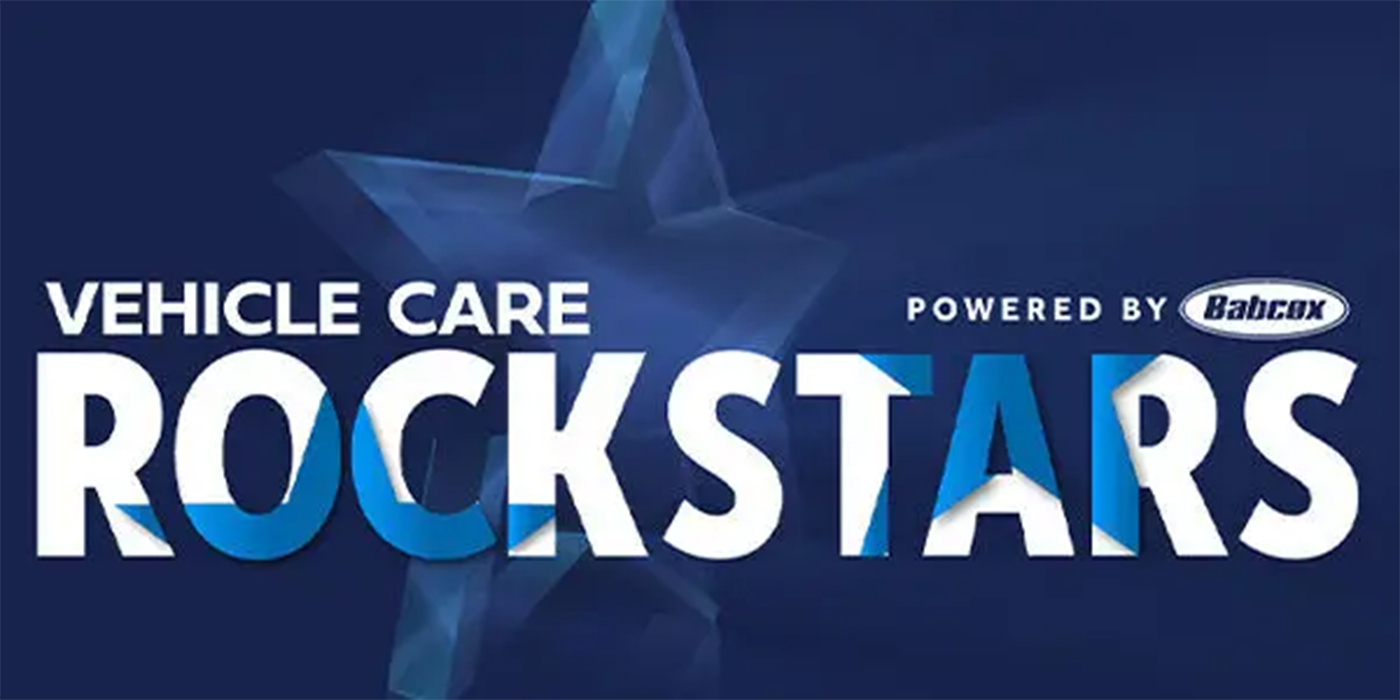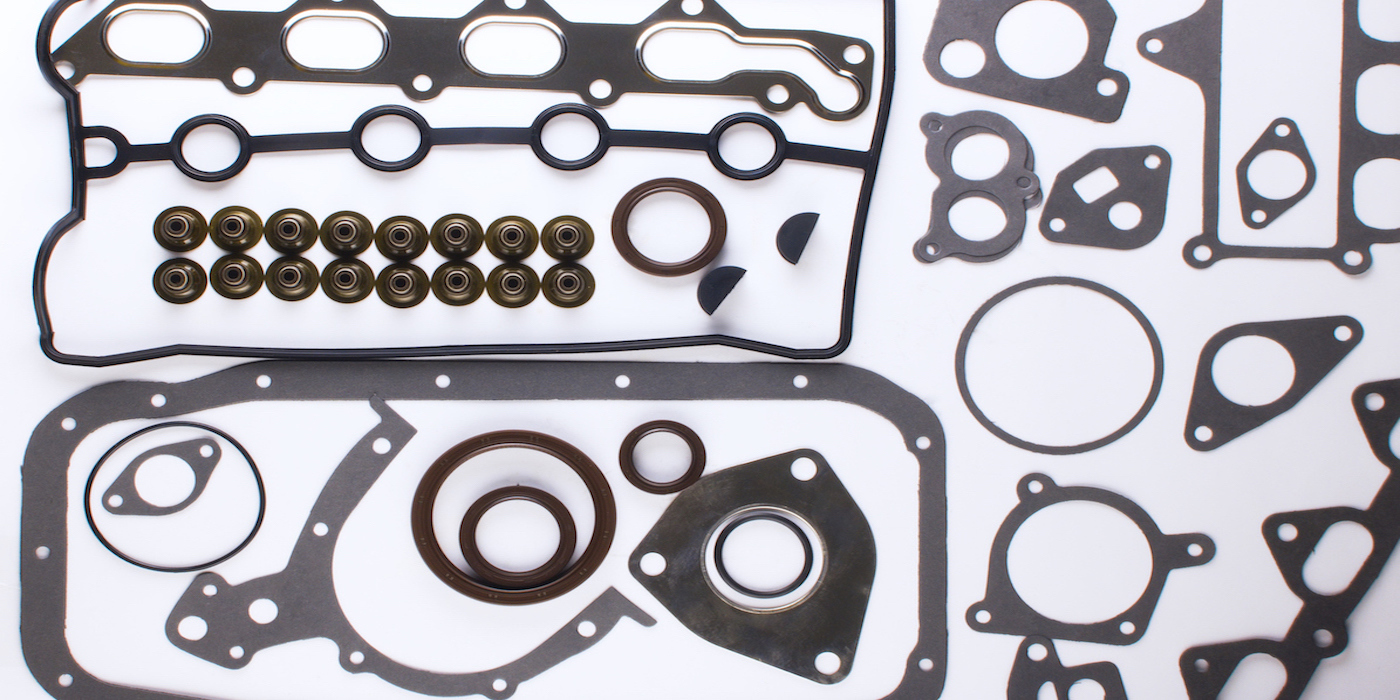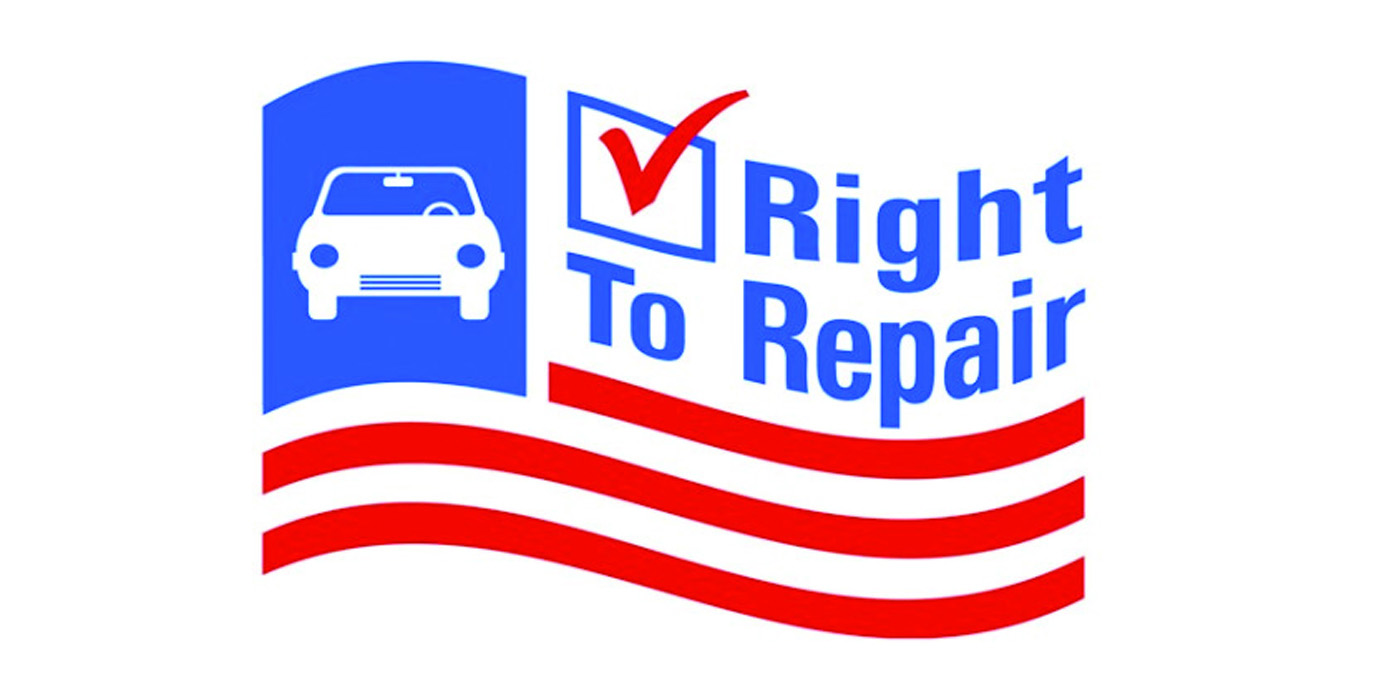OE Dealerships Are Putting More Emphasis on Service Over Sales
It’s no secret that new car sales have slowed in recent months. In fact, new car and light truck predictions for 2007 estimate a flat market over the next year.
So be prepared. Dealerships will be using their parts and service departments as a means to generate revenue and profits. And to do that, they will need to compete for your customers.
In a recent issue of Automotive News, it was reported that the population of vehicles less than four years old (the vehicles still under warranty) is shrinking. To make up for a loss in warranty repairs, dealerships these days are targeting tire sales, oil changes and other preventative maintenance items normally handled at independent shops.
According to the 2006 Service Usage and Retention Study (SURS) released in August by J.D. Power and Associates, automotive dealerships have shown improvement when it comes to repairs and maintenance — proving that OEMs are actively trying to increase their marketshare.
The study found that dealerships are doing better at getting the work done right the first time and having the vehicle ready when promised.
Based on responses from nearly 12,000 owners of 2001 and 2002 model-year vehicles, the study measured customer satisfaction of vehicle owners who visited a dealer service department for maintenance or repair work during the fourth or fifth years of ownership, which typically represents the period after the manufacturer’s vehicle warranty expires. Overall customer satisfaction was based on six factors (in order of importance): service initiation, service advisor, service quality, user-friendly service, service delivery and in-service experience. The SURS found that 86% of car owners who took their vehicles to the dealership for a repair indicate that the work was done right the first time — up from 72% in 2001. The report also said 87% of respondents say the dealership had the vehicle ready when promised — up from 82% five years ago.
The study also found that dealer efforts to address time issues are resulting in higher levels of customer satisfaction. Overall, customer satisfaction with the dealer service experience has increased seven index points from 2005 to 852 index points on a 1,000-point scale. Eighty-nine percent of respondents using a dealership for service reported that they were able to get a service appointment on the day they desired. When they arrived at the dealership, 48% of respondents indicate they were greeted immediately by a service advisor, while an additional 38% noted they had to wait less than five minutes.
Among respondents who had their vehicles repaired at a dealership, 85% indicate that the vehicle was fixed the same day they dropped it off. Only 6% of customers had to wait three or more days for their vehicle. However, once the work was completed, only 67% of respondents indicate that it took five minutes or less to fill out the appropriate paperwork and drive off with their vehicle.
According to consumer and retail information company The NPD Group, drivers choose to take their vehicles to their auto dealer for 22% of service occasions, making the dealership the leading service outlet channel in the U.S. NPD’s recent Car Care Trac survey reported on consumer purchasing behavior in the North American automotive aftermarket, including do-it-yourself (DIY) products and do-it-for-me (DIFM) automotive service purchases.
NPD said the majority of automotive service transactions are maintenance transactions — not repair transactions, and that car dealers tend to notice a much higher percentage of their services coming from maintenance service occasions. However, when it comes time to make vehicle repairs, consumers tend to be more likely to visit a traditional repair shop or specialty outlet, such as a transmission, brake or muffler shop. But that is expected to change.
“Repair and maintenance occasions are where the battle for market share is being waged between car dealers and the aftermarket,” said David Portalatin, director of industry analysis for NPD. “The traditional advantage car dealers enjoy with new vehicles is an ongoing driver of their dominance within the maintenance market.”
These surveys and other industry reports lately tend to shed light on one common theme — that older vehicles, which are more likely to need repairs, traditionally have been serviced by the aftermarket. But now, dealers are working to extend their relationship with consumers throughout the life of their vehicles as a means to capture a larger share of the service market. As that day approaches, will you be prepared to fight?













